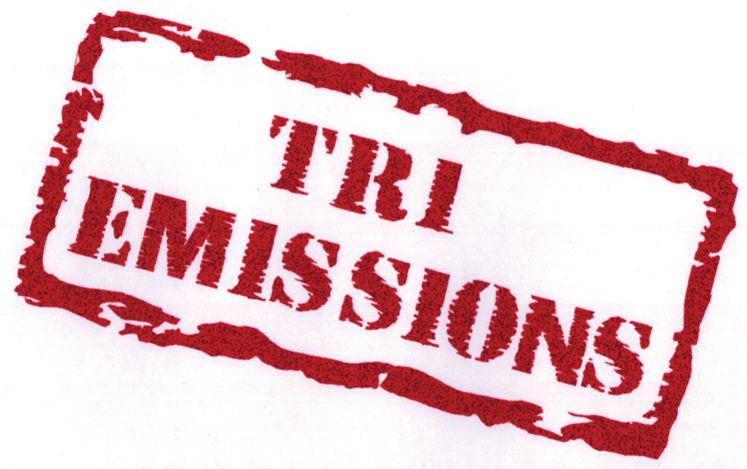Posts Tagged ‘Toxic Release Inventory; EPA; Toxic Chemicals’
2011 Toxic Release Inventory Numbers Out from EPA, Still Plenty of Poison for Everyone
 After the devastating 1984 Bhopal Union Carbide chemical plant disaster in India that killed thousands, US policymakers decided it might be a good idea to keep track of where toxic and hazardous chemicals were stored and released. Thus was born the EPA's annual Toxic Release Inventory data base, wherein every company that keeps a certain amount of dangerous material on-site or releases it into the environment is required to submit an estimate to the agency.
After the devastating 1984 Bhopal Union Carbide chemical plant disaster in India that killed thousands, US policymakers decided it might be a good idea to keep track of where toxic and hazardous chemicals were stored and released. Thus was born the EPA's annual Toxic Release Inventory data base, wherein every company that keeps a certain amount of dangerous material on-site or releases it into the environment is required to submit an estimate to the agency.
Now the numbers for 2011 are out and available for your perusal via the EPA's own TRI Explorer tool, where with a little effort, you can find out what kind of threat you face in your state, county, city or zip code. We haven't had time yet to look at Texas or DFW facilities as a whole to see what's up or down but according to the this Bloomberg article from Monday, the national total is up from 2010, which is what you'd expect given the pace of economic recovery. In 2010, there were 3.8 billion pounds of chemicals listed, this year, 4. 1 billion pounds, or almost 13 pounds for every man, woman and child in these United Sates. Maybe some of you are feeling like you're getting more than your share. Now you can confirm or put to rest those suspicions.
This year's TRI included numbers for 16 previously unreported chemicals that have been classified as carcinogenic by the National Institute of Health's National Toxicology Program: 1-amino-2,4-dibromoanthraquinone; 2,2-bis(bromomethyl)-1,3-propanediol; furan; glycidol; isoprene; methyleugenol; 1,6-dinitropyrene; 1,8-dinitropyrene; 6-nitrochrysene; 4-nitropyrene; o-nitroanisole; nitromethane; phenolphthalein; tetrafluoroethylene, tetranitromethane; and vinyl fluoride.
EPA says total releases of reported carcinogens have doubled since 2008, while those of persistent, bio-accumulative, and toxic compounds have risen by about one-third. The agency will have its own national analysis in a month
Not included in any TRI yet are all the toxic and hazardous chemicals used in gas and oil drilling. Sixteen groups from around the country are petitioning EPA to officially include them in future inventories.
